How to Grow Beets: 7 Tips for Growing Beets
Beets come in many sizes, shapes, and colors and are grown for their roots and greens. Considered by many a “superfood”, beets and their greens are excellent sources of fiber, antioxidants, folate, vitamins A and K, manganese, copper, and potassium. Learn how to grow beets to add flavor and a healthy kick to your garden harvests.
7 Tips for How to Grow Beets
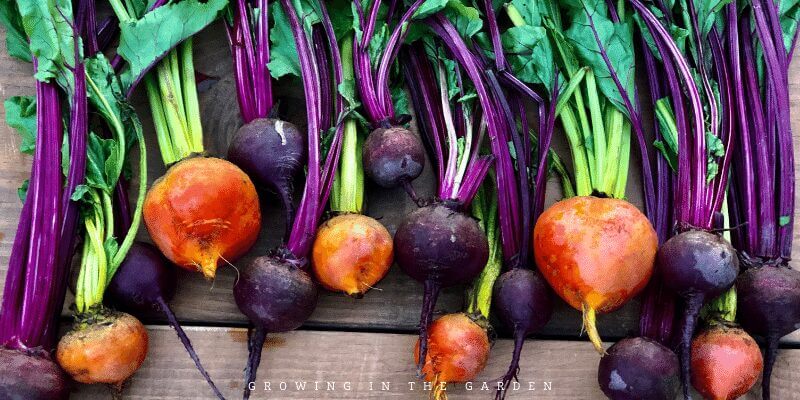
1. Plant beets at the right time
Beets grow well in almost any climate. In cooler areas, plant beets about one month before the last spring frost when soil temperatures reach at least 50°F.
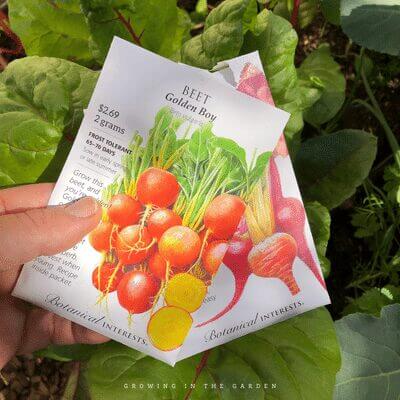
Beets grow during the cooler months in hot-summer climates like the low desert of Arizona.
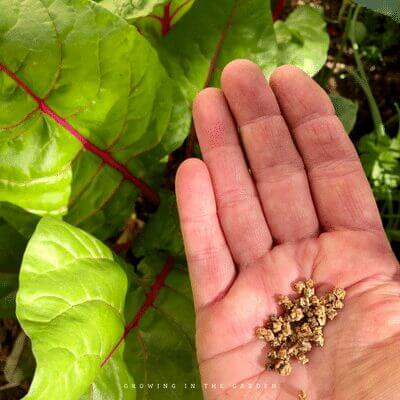
Arizona Low Desert Beet Planting Dates:
Start seeds indoors: August – January
Plant outside: September 15 – February
2. Choose the best location to plant beets
Although beets prefer growing in cooler temperatures, they still need at least 6 hours of sun to thrive. Beets grow best in well-draining rich, loose soil. Choose smaller, rounded varieties of beets if your soil is heavy or shallow.
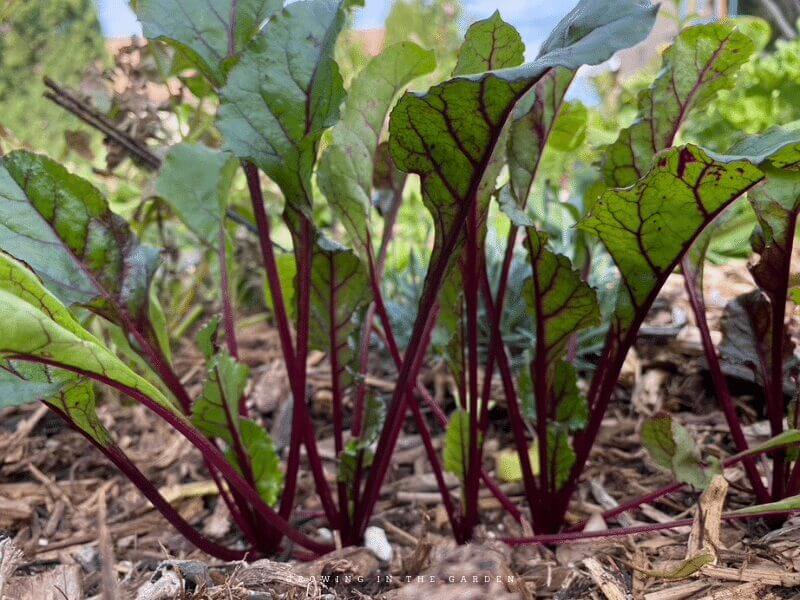
Good companion plants for growing beets include bush beans and onions. Beets and kohlrabi are good companions because beets draw nourishment from below the soil while kohlrabi takes nourishment from the top layer of the soil. Avoid planting beets in areas previously sown with Swiss chard or spinach.
3. Try growing different varieties of beets
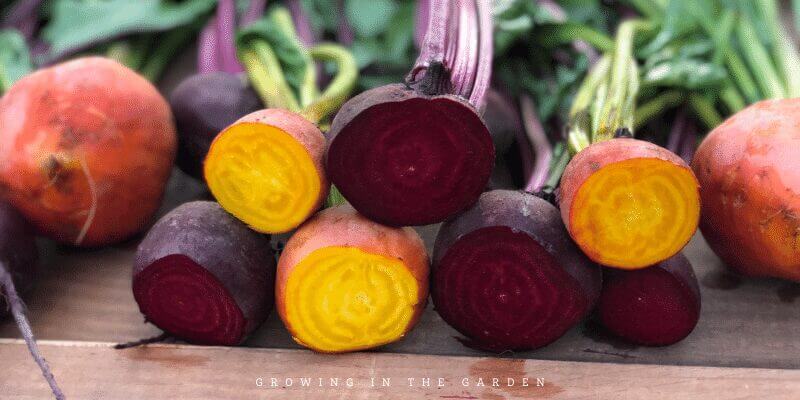
- Red Ace is an early beet, good for both greens and roots. Red Ace can be grown as “baby beets” — beets that aren’t thinned but grown in clusters and harvested when very young and tender.
- Forono is a type of cylindrical beet. They have tapered roots and require deep soil to grow well. Hill dirt around the crowns of beets as they grow.
- Chioggia beets are bright red outside with a distinctive striped red and white inside.
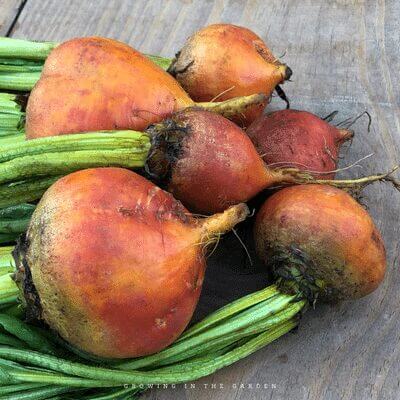
Golden beets, as the name suggests, are golden-orange in color with tender flesh. This variety does not bleed. Sow seeds heavily as germination rates tend to be lower.
4. How to grow beets? Plant beets correctly
Each beet “seed” actually contains up to 6 seeds.
- Pre-soak seeds to increase germination rates, and plant each seed 1 inch deep and 2-4 inches apart.
- Thin when beet seedlings are 2-3 inches tall.
- Thin carefully and transplant extra seedlings or use as greens in salad.
- Plant seeds every few weeks for a continual harvest.
- If using Square Foot Gardening, plant 9 to 16 per square depending on the variety.

Start beets indoors or start several seeds together.
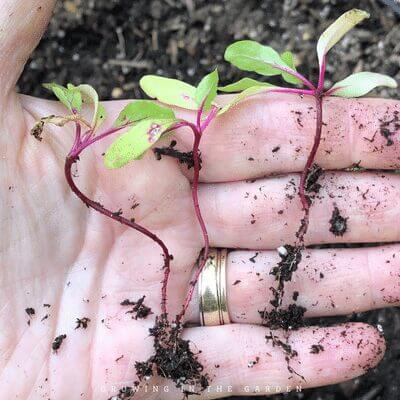
Carefully thin beet seedlings when very young.
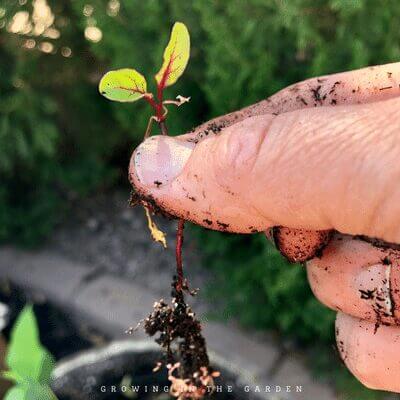
Plant individual beet seedlings every 3 inches (depending on the variety).
5. Provide good care for growing beets
- Beets do not like hot weather or dry conditions; plant at the correct time for your climate.
- If temperatures are warm, provide a deep layer of mulch to cool the soil.
- Regular water keeps beets tender and prevents discoloration.
- If flea beetles or leaf miners are an issue, use row covers for prevention.
- Pick off damaged leaves as the plant grows.
- Beets grown in rich soil do not need additional fertilizer during the growing season. Excess nitrogen results in large greens but smaller root development.
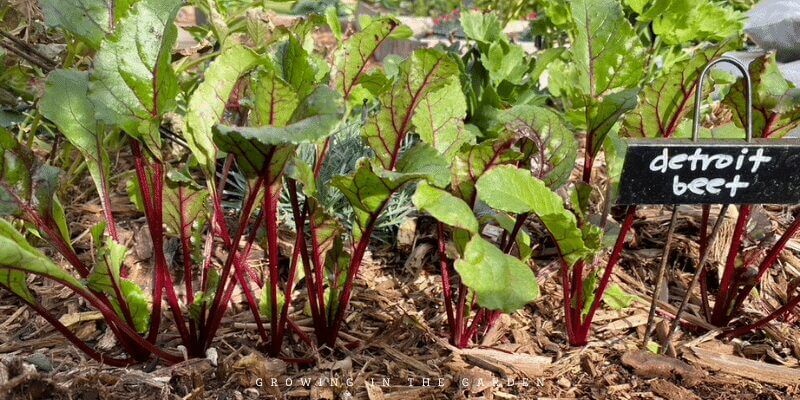
6. Harvest beets when young for best flavor
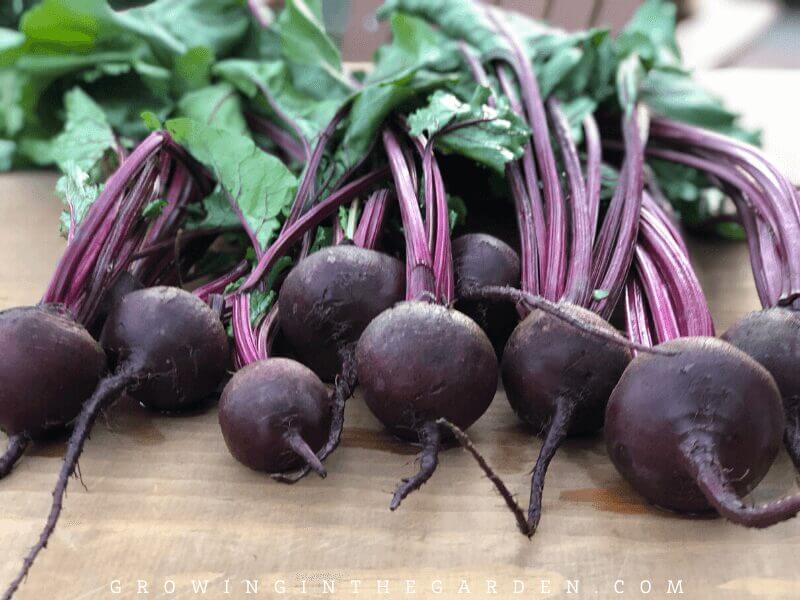
Harvest beet greens as soon as they are large enough to use. Most beets are ready to harvest when about an inch in diameter but no more than 2 ½ inches in diameter. (Not sure of the root size? Dig around a little to see how large the beets are.) Beets become woody when left too long in-ground.
When harvesting beets, leave the root stem attached to prevent “bleeding”, which draws moisture out of the beet. Beets should be harvested before a hard frost. Store with greens clipped in a cool place. To reduce bleeding in leaves, twist to remove greens rather than cutting them.
7. Use all parts of beets in many ways
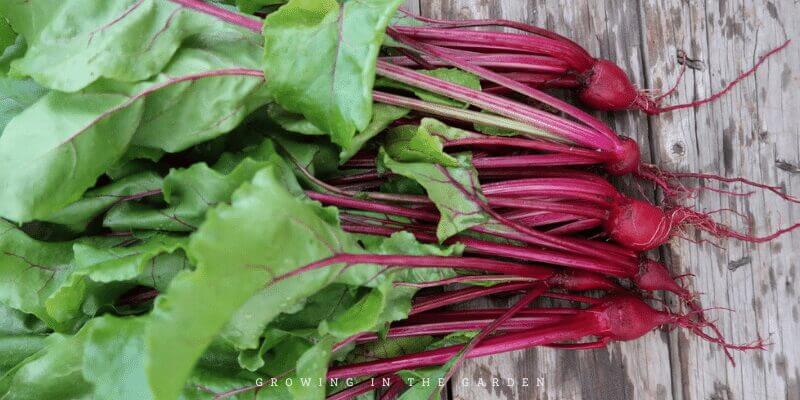
- Use beet thinnings in salads.
- Try beet greens fresh or sautéed.
- Use beet greens similar to how you use Swiss chard, spinach, or other greens.
- Enjoy beets’ unique earthy flavor roasted in the oven, steamed, juiced, fried, sautéed, or sliced fresh in salads.
- Preserve beets by canning, pickling, or fermenting.
I once mistook beet greens for Swiss chard in my garden and harvested and used the greens all winter long before realizing a beet was attached.
Once harvested, store beets in plastic vegetable bags and refrigerate them.
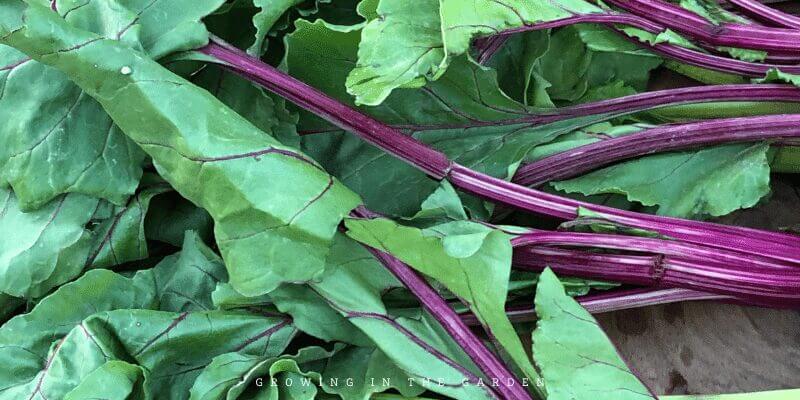
If this post about how to grow beets was helpful, please share it:
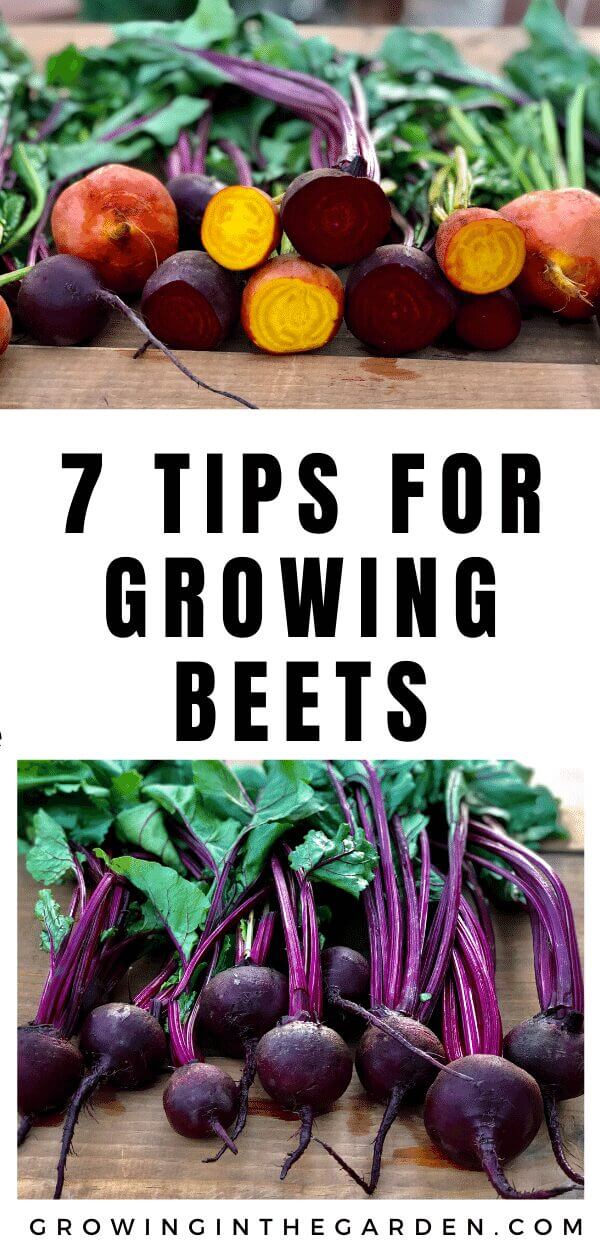
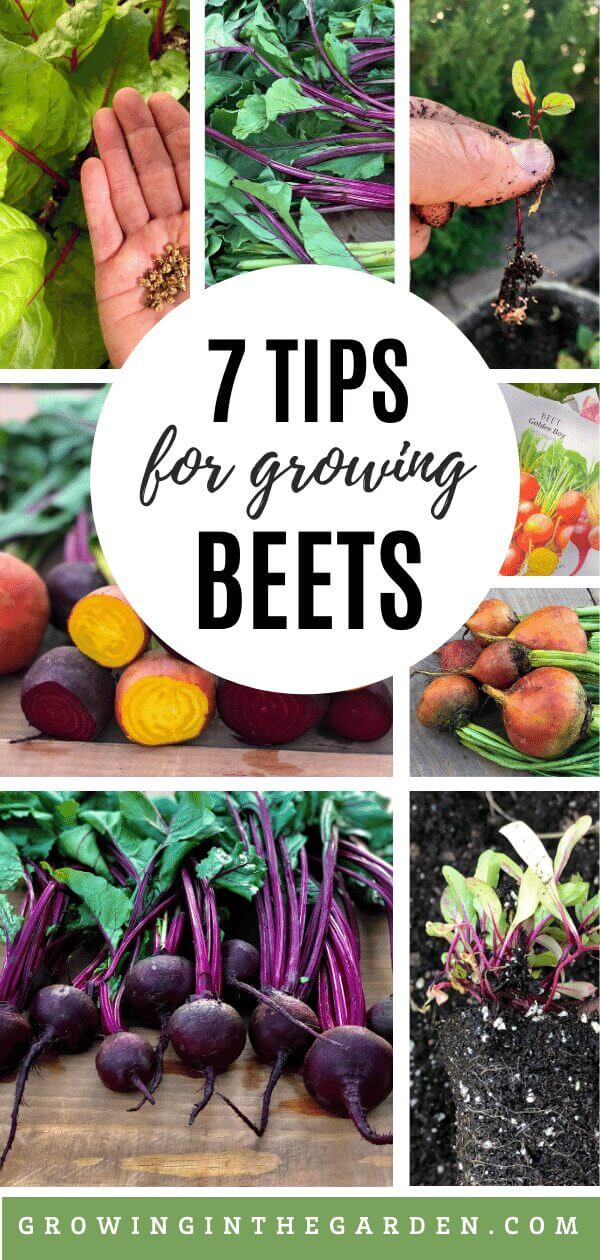
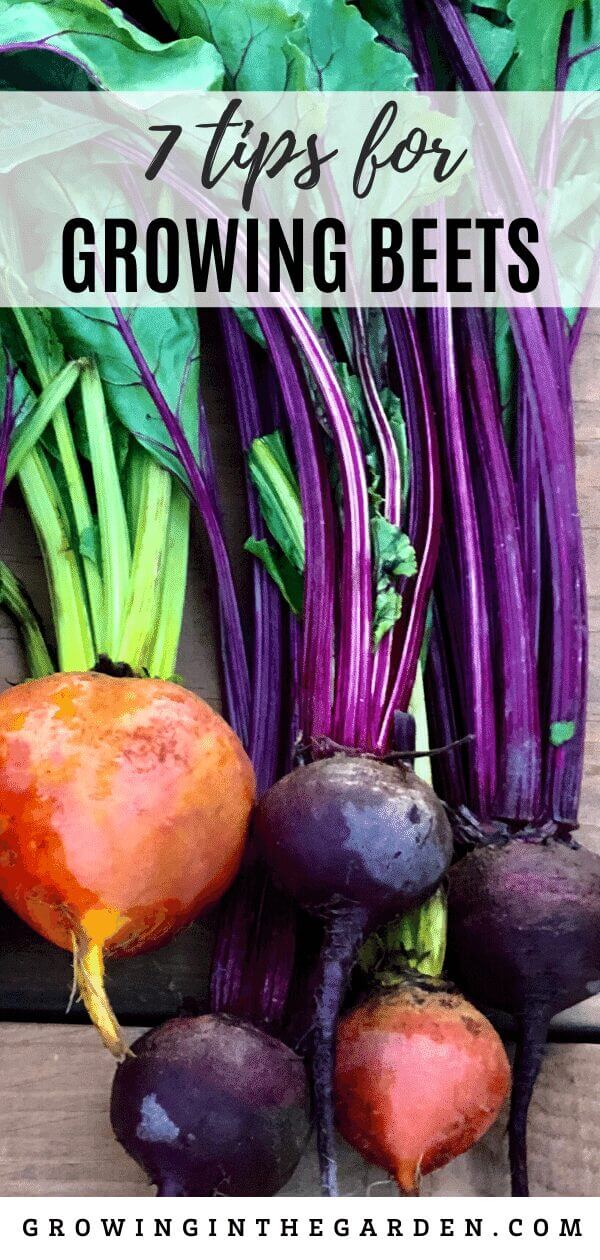

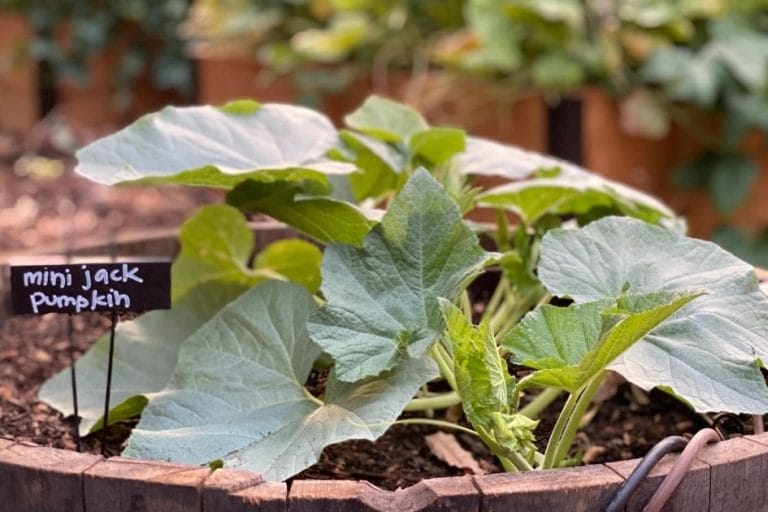



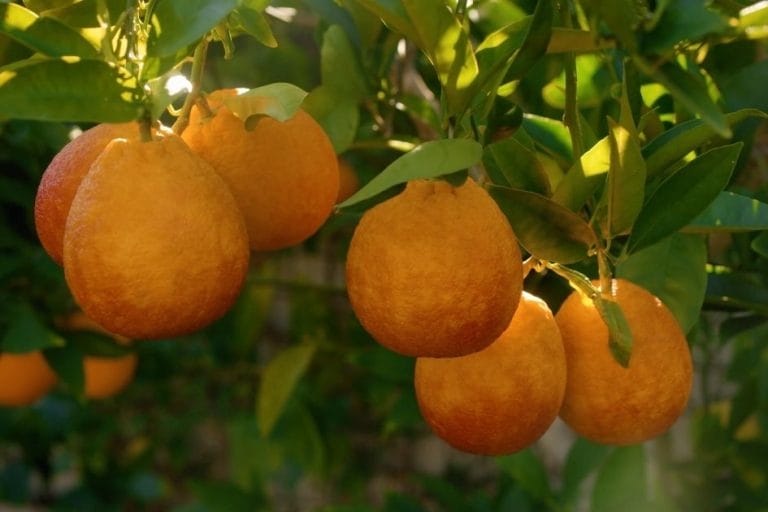
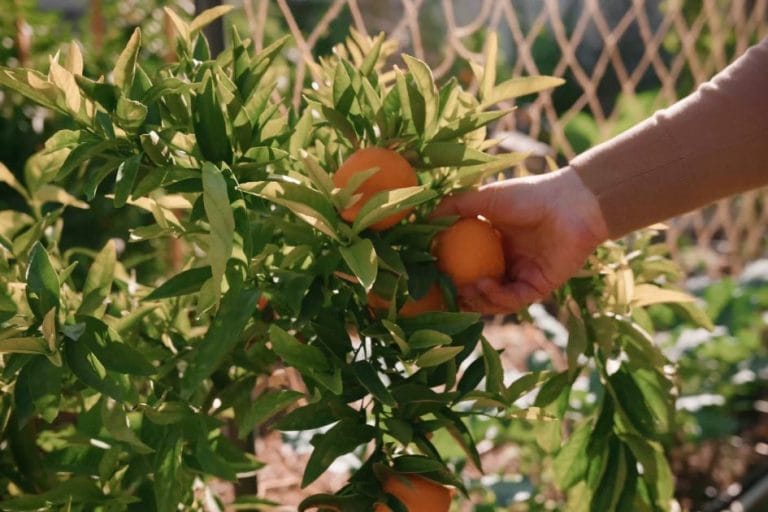

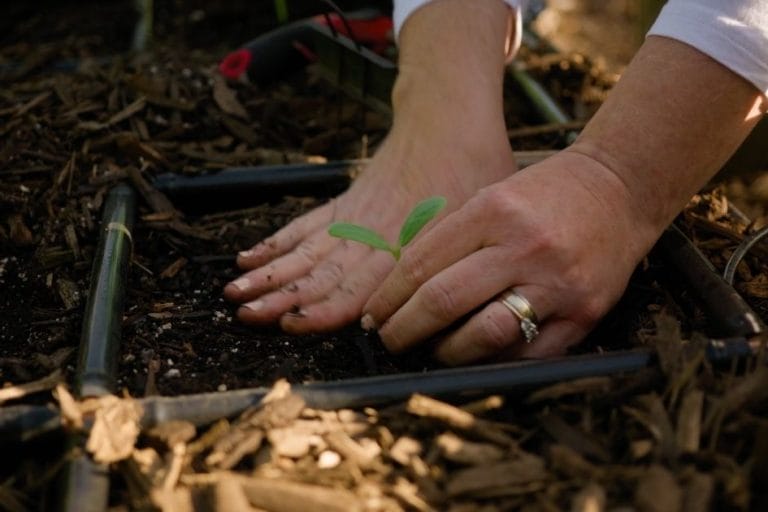
Never grew beets before. Need to no what to do to get good beets
Follow the tips in this article for best results.
Too bad that this article doesn’t say how deep the soil should be to grow beets. We need raised beds here and it would be great to know how deep the beds should be for beets.
Aim for your raised beds to be 12-18 inches (30-45 cm) deep.